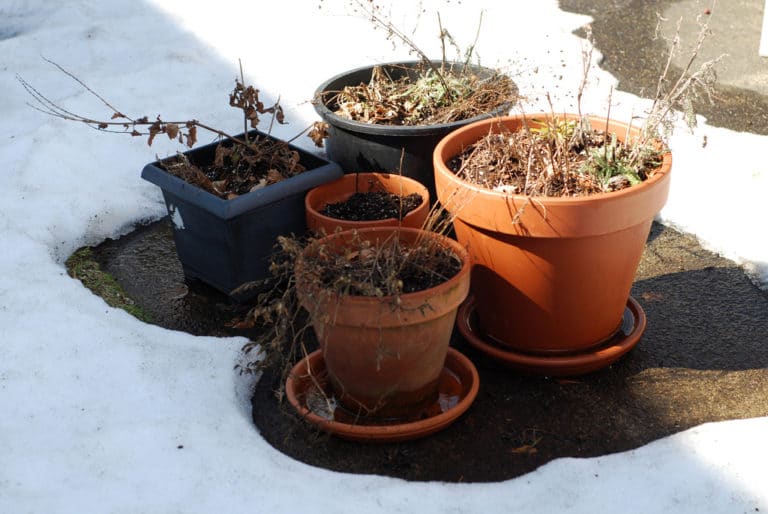
Another perk? When you don’t have a drainage hole, you don’t have to worry about water pouring out the bottom of the pot and spilling everywhere when you aren’t looking.Īdditional benefits I discovered over the next few years included less browning of the leaves of my tropical houseplants (almost all houseplants are tropical!) and less seasonal foliage loss (it’s normal for plants to drop a few bottom leaves as the seasons change). Instead of every plant being on its own individual schedule, I was able to pick one day a week as the day to water them all.īeyond the functional benefits of the new planters, I also thoroughly enjoyed the aesthetic benefits of having colorful, beautiful planters that accented my plant babies (while I love terra cotta, it can get a little dull en masse). Not only that, but I found that the majority of my plant’s needs lined up beautifully - nearly every one required water just once a week. My solution was to start double checking the soil between watering to see what the moisture level was like (checking the soil an inch or two down with your finger does the trick!) - if the soil felt pretty damp I would wait, if it felt dry I would give a full watering.īy checking the moisture myself regularly, I quickly discovered that my plants now needed a lot less water in the new planters, and I was watering a lot less often - plants that had needed water three times a week before, only required water once a week now plants that I watered once a week before could now go one and a half or two weeks.Īfter adjusting my approach to watering, my plants in the new, non-porous, drainage hole-less pots thrived and I was doing substantially less upkeep. Why is this not surprising? Very simply, providing the same amount of water that was necessary with the terra cotta pots was just overkill in these new ceramic planters with no drainage. I continued with my same watering schedule and, no surprise, lost a few plants. Beautiful and low-maintenance.As my collection of plants kept growing, I eventually decided to experiment with planters that didn’t have drainage holes as well as planters made out of non-porous materials. Succulents are hot right now and it's easy to see why. They're just right for haworthia, echeveria and small cactus plants. These good-looking Glazed Clay Pots come in a set of 6 to show off your small succulents in style. Just right for your mini roses or other perennial favorites, these Aged Terracotta Pots (Set of 3)Īdd a well-worn, antique look to your indoor garden or patio.ĭisplay all 3 together for a touch of Old World style. This handcrafted pot was inspired by European garden pottery, adding an aristocratic flair to your sunroom or patio. (You'll see his name stamped on each authentic work.) Hand-thrown on a potter's wheel, this timeless clay pot was designed by Master Potter Peter Wakefield.

Wakefield Handmade Durham Pot Clay Wakefield Planter Then, scrub the pot with warm, soapy water and rinse thoroughly. Clean them thoroughly between plantings to avoid contaminating new plants.įirst, use a stiff, dry brush to get rid of leftover dried soil.


Because clay is porous, it will absorb fungal diseases, salts and other impurities. Want to reuse clay flower pots? You'll need to clean them first. With good care, terra cotta pots will last for several years.


 0 kommentar(er)
0 kommentar(er)
